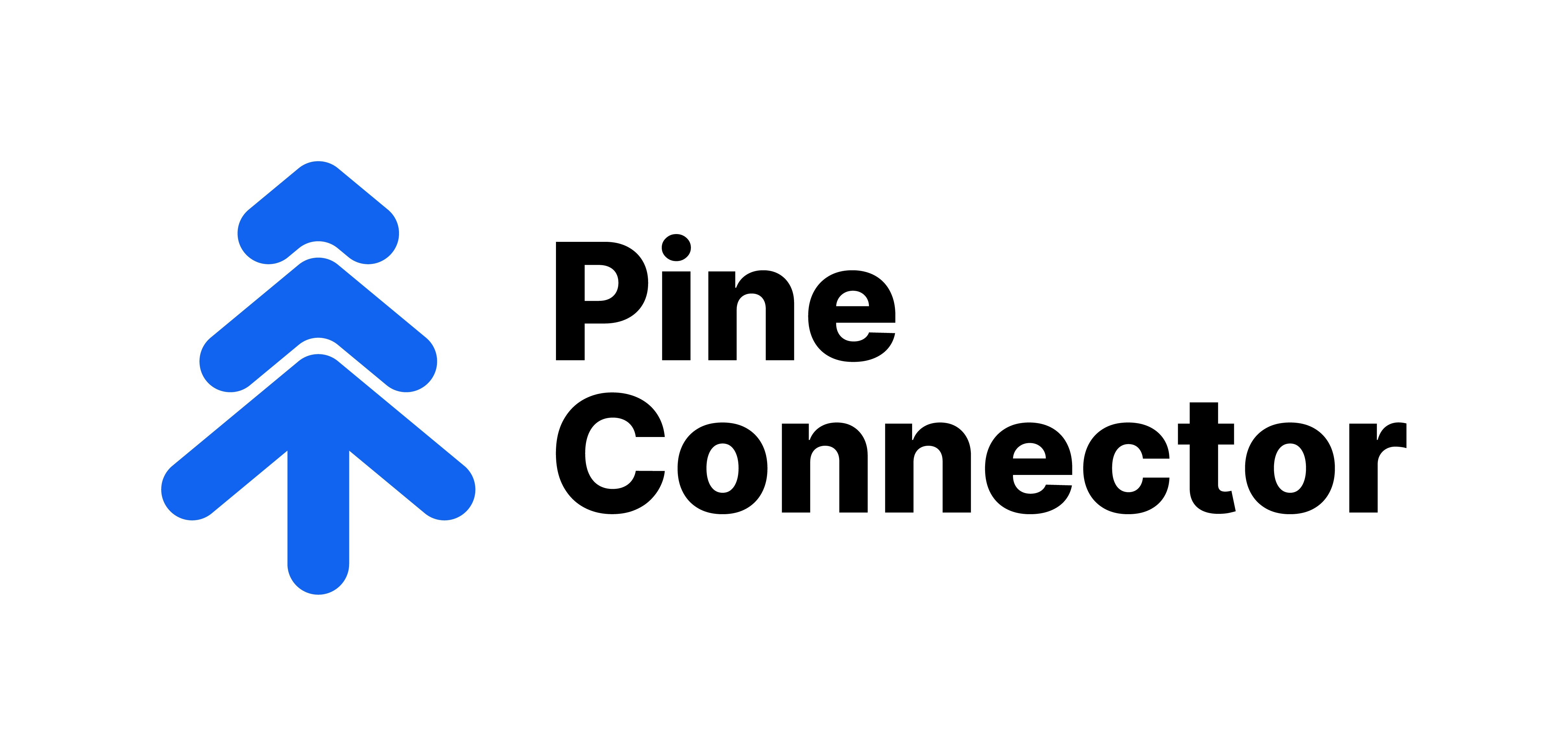
Leverage is a concept that frequently arises in the context of Forex trading. It allows traders to access higher capital by using relatively small amounts of money. This can be particularly beneficial for investors, who can trade larger positions than their actual investment. However, leverage also carries risks and can lead to more significant losses if not used carefully.
To understand the concept of leverage in Forex, it is important to first consider what it actually is. Leverage refers to the relationship between a trader's investment and the value of their position. In other words, leverage allows traders to open larger positions than they otherwise could with their available funds. This article will provide an overview of leverage, explain the different types available, and how they can be used to increase potential returns.
What Is Leverage?
In the context of Forex trading, leverage is a financial tool that allows traders to control a position size much larger than their capital would otherwise permit. It essentially involves borrowing funds to amplify both potential profits and potential losses. Leverage is typically expressed as a ratio, such as 50:1, 100:1, or even 500:1. These ratios signify the amount of borrowed money a trader can control in relation to their initial investment.
Leverage can be a double-edged sword, amplifying potential returns and increasing the risk of greater losses. As such, it is important for traders to use leverage responsibly and understand where their risk appetite lies. It is also important to consider the financial implications of trading on margin and the required maintenance margin.
Leveraged Investment Strategies

The most common type of leverage is called 'margin trading.' This refers to a situation where a trader must deposit funds into their account to open a position. The amount deposited is known as the 'margin' and is usually a percentage of the overall position size. For example, if a position requires $1,000 to be deposited, then this would be referred to as a 1% margin. This means that for every dollar invested in the position, traders can open positions worth up to 100 times more than their initial investment.
Another type of leverage is called 'leveraged investments.' This type of leverage involves borrowing funds from a broker or financial institution in order to open a position. In this case, the trader will have to pay interest on any borrowed money but may be able to open larger positions than they could with their own funds.
Options trading is another popular type of leverage. Options give traders the right to buy or sell a security at a pre-agreed price and within a specific time frame. These are usually high-risk investments, but they can also lead to significant returns if used correctly.
Benefits of Leverage
Leverage can be a great tool for Forex traders, allowing them to open larger positions and potentially earn greater returns. In addition, it allows the trader to take on more risk, which is advantageous in volatile markets. There are a multitude of strategies that rely on leverage, such as scalping or day trading, so it can be used to suit individual trading styles. Here are some of the most significant benefits associated with leverage:
1. Magnified Gains
Perhaps the most compelling advantage of leveraging in Forex trading is the potential for magnified gains. By controlling a larger position size than your own capital would allow, you have the opportunity to multiply your profits significantly. This can be particularly advantageous in a market where even small price movements can lead to substantial gains. For instance, a 1% increase in a $10,000 position would yield a $100 profit, but with 100:1 leverage, that same 1% move could result in a $10,000 profit.
2. Capital Efficiency
Leverage allows traders to utilize their capital more efficiently. Instead of tying up a significant portion of their own funds in a single trade, traders can allocate their capital across multiple positions, effectively diversifying their risk. This diversification is a key strategy in mitigating losses and enhancing the potential for consistent gains over time.
3. Access to Larger Markets
The Forex markets are vast, with trillions of dollars traded daily. Leverage grants traders access to these expansive markets, even if they have limited capital. It opens the door to a wide range of currency pairs and trading opportunities, ensuring that traders can participate in various markets and take advantage of global economic events.
4. Trading Flexibility
Leverage provides flexibility in choosing the size of your trades. It enables both small and large investors to participate in the Forex market, making it inclusive and accessible to a wide range of traders. Whether you're a novice investor or a seasoned professional, leverage can be tailored to suit your trading goals and preferences.
Risks of Leverage

Though the potential rewards of leveraging a Forex trading account are significant, it’s important to consider the risks associated with this practice. Leverage can be very beneficial for small movements in the market, but it also amplifies losses. Therefore, even if the position turns out to be wrong, traders may still incur considerable losses due to its higher risk exposure. Here are some additional risks associated with leverage:
1. Magnified Losses
While leverage can amplify gains, it also magnifies losses to an equal extent. A small adverse price movement can lead to substantial losses, and if not managed properly, it could even exceed your initial investment. For instance, with 100:1 leverage, a 1% price drop in a $10,000 position could result in a $10,000 loss.
2. Margin Calls
Trading with leverage involves using borrowed funds, and brokers require a certain level of capital as collateral, known as margin. If your losses approach or exceed this margin, you may receive a margin call, requiring you to deposit additional funds to maintain your position or risk having it forcibly liquidated. Margin calls can be financially distressing and disrupt your trading strategy.
3. Emotional Stress
The pressure of managing leveraged positions can lead to emotional stress and impulsive decision-making. Traders may become overly anxious when facing large potential losses or overly confident when experiencing gains. This emotional rollercoaster can lead to rash trading decisions that may not align with a well-thought-out strategy, often resulting in further losses.
4. Limited Risk Management
Leverage can make it challenging to implement effective risk management strategies. Traders must be vigilant in setting stop-loss orders and managing their positions to mitigate potential losses. Without careful risk management, leveraged trading can quickly lead to disastrous outcomes.
Choosing the Right Leverage Level
Choosing the right leverage level is crucial for successful Forex trading. It should match your risk tolerance, trading strategy, and financial goals. There are many key factors to consider when selecting the right leverage, including your trading style, account size, and risk management. It is important to remember that higher leverage levels do increase the potential for larger profits but also expose traders to greater losses.
Therefore, it is crucial to have a thorough understanding of the risks associated with leverage in order to make well-informed decisions about your trading strategy. When uncertain, it is advisable to start with a lower leverage level and gradually increase it as you become more familiar with the markets, various strategies, and potential risks.
Assessing your comfort level with potential losses is paramount. If you are uneasy about significant risks, opting for lower leverage ratios is more suitable. While higher leverage offers the potential for greater gains, it also entails higher risks.
Different trading strategies necessitate different leverage levels. Long-term investors may prefer lower leverage to effectively navigate market fluctuations, while day traders seeking quick profits may utilize higher leverage for short-term price movements.
Another important consideration is your account size. Smaller accounts may benefit from higher leverage when engaging in meaningful trades, but it's crucial to remember the increased risk involved. On the other hand, larger accounts may prioritize capital preservation by opting for lower leverage.
For beginners, it is recommended to start with lower leverage ratios. This allows you to gain experience, develop trading skills, and become comfortable with the complexities of leveraged trading. As your proficiency improves and aligns with risk management strategies, you can gradually increase leverage.
Always bear in mind that selecting the appropriate leverage level requires thoughtful consideration of these factors in order to optimize your trading journey.
Conclusion
Leverage is a potent tool in the Forex trading arsenal, offering the potential for significant gains while carrying substantial risks. Understanding how to use leverage effectively is essential to your success as a trader. Always remember that while leverage can amplify profits, it can equally amplify losses, and it should be approached with caution and a well-thought-out strategy.
To maximize your trading potential, it is vital to select the right leverage for your needs and objectives. Careful consideration must be taken into account when assessing the size of your account, the type of trade strategies you are using, and the level of risk comfortability.
Ready to supercharge your Forex trading with PineConnector? Learn more about how PineConnector empowers you with advanced leverage management tools, helping you maximize your potential gains while minimizing risks.
Sources
- https://www.pineconnector.com/blogs/pico-blog/what-is-the-most-successful-algorithmic-trading-strategy
- https://www.pineconnector.com/blogs/pico-blog/what-is-the-most-successful-algorithmic-trading-strategy
- https://www.pineconnector.com/
- https://www.sec.gov/oiea/investor-alerts-and-bulletins/ib_leveragedinvesting#:~:text=Three%20common%20leveraged%20investment%20strategies,before%20using%20any%20of%20them.&text=Margin%20trading%20uses%20borrowed%20money%20to%20purchase%20or%20sell%20short%20securities.
- https://capital.com/leveraged-trading-definition-guide-borrow-grow-position
- https://capital.com/leveraged-trading-definition-guide-borrow-grow-position
- https://www.investopedia.com/articles/forex/07/forex_leverage.asp


